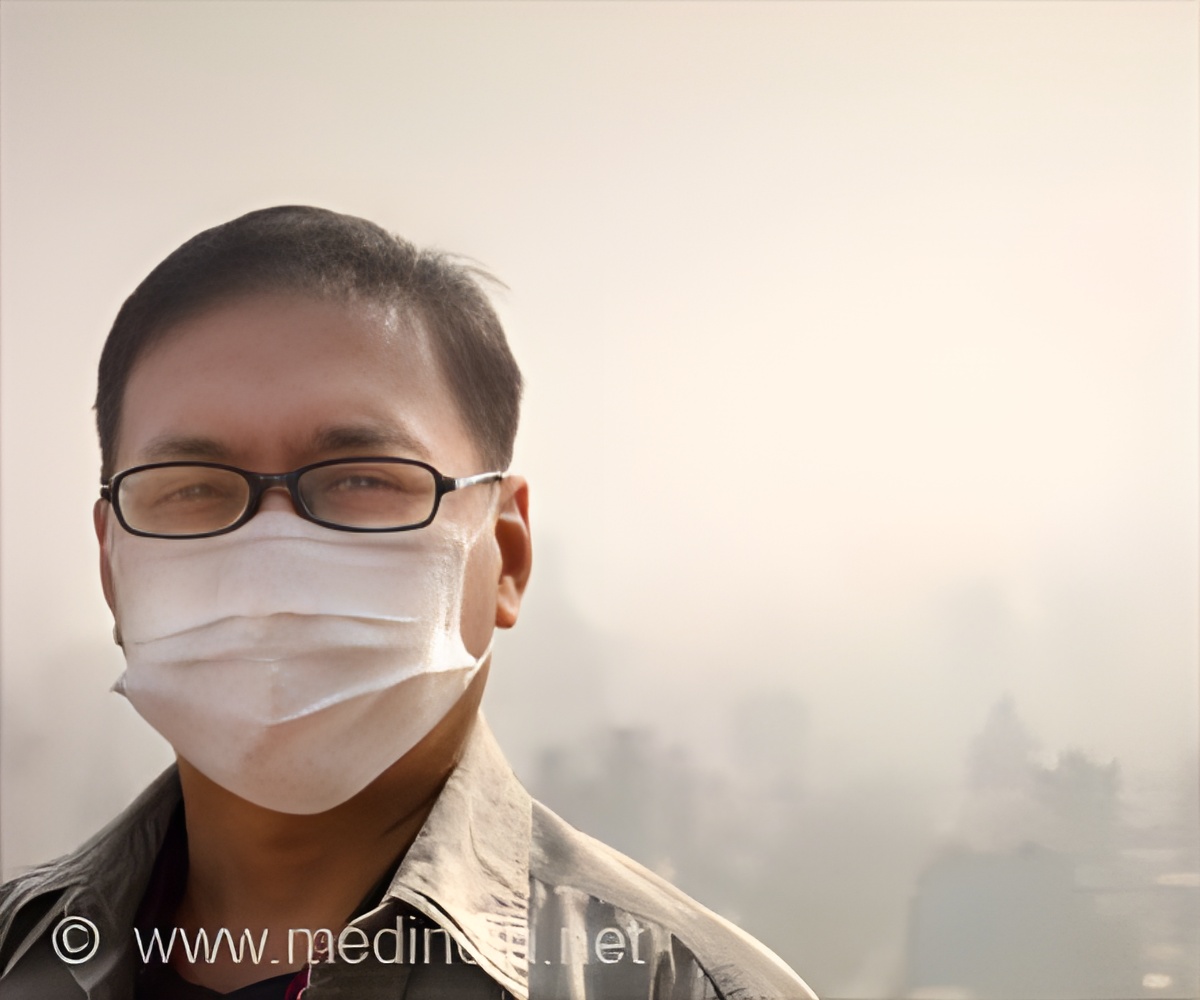Exposure to these compounds is associated with adverse health effects, including impacts on fetal growth and neurodevelopment.

Predicting personal PAH exposure using high dimensional questionnaire and wristband data
Go to source) The researchers examined an unprecedented number of 61 air pollution compounds known as polycyclic aromatic hydrocarbons (PAHs) and compared them to 75 questionnaire variables, making the study the most comprehensive analysis of its kind. PAHs are created by combustion and can be found in sources like automotive exhaust and tobacco smoke; exposure to these compounds has been linked to various adverse health effects, including those related to fetal growth and neurodevelopment. The study’s findings appear online in the Journal of Exposure Science And Environmental Epidemiology.
‘Wristband monitors offer precise insights into air pollution exposure, providing a detailed account for better understanding and addressing environmental health concerns. #airpollution’





Participants, 177 of whom were included in the final analysis, wore silicone wristbands for 48 hours during the third trimester of pregnancy to measure exposure to PAHs. They completed a questionnaire during the third trimester of their pregnancy, answering questions related to demographic and employment information, as well as their potential exposure sources, such as cooking, smoking, and transportation. Julie Herbstman, PhD, director of the Columbia Center for Children’s Environmental Health and senior author of the study, commented, “This study represents a significant advancement in our understanding of personal PAH exposure. By uncovering the variables that play a crucial role in exposure levels, we are better equipped to develop interventions aimed at reducing health risks.”
Previous studies have been restricted to a limited number of compounds or specific exposure scenarios (e.g. toll station workers or cooks). Compared to these studies, the new study demonstrated substantially improved predictability due to the use of a larger dataset, as well as the use of a regression tree analysis, which accounted for each PAH compound as well as combined exposure to all PAHs. This approach helps researchers to identify those variables that are most important and/or predictive of exposure to a compound in the context of all other variables.
Sarah McLarnan, MPH, a PhD candidate at Columbia Mailman and the study’s first author, adds, “This study underscored the utility of silicone wristbands in evaluating PAH exposures and associated health outcomes. By combining questionnaire data with a 48-hour wristband deployment, we were able to refine measurements of exposure sources in terms of time and space, enabling more accurate source characterization.”
The study uncovered complex interactions between demographics and behaviors that shape exposure to individual compounds in different ways. Insights it gleaned require further study to understand the pathways by which various factors are linked to PAH exposures. As one example, the researchers are interested to know how maternal age and income are associated with behaviors or residential characteristics that are protective from some exposure sources but were shown to have opposite effect for some of the individual compounds.
Advertisement
We all can reduce our exposure to PAHs by avoiding tobacco smoke and ensuring we have good indoor ventilation, especially when cooking; reduce our intake of smoked, grilled, and charbroiled foods; limit exposure to diesel fumes and wood smoke; use cedar shavings or blocks in place of mothballs for pest control; and wear gloves to avoid skin contact with soot or creosote-treated lumber, and wear a mask if cutting treated lumber.
Advertisement
Reference:
- Predicting personal PAH exposure using high dimensional questionnaire and wristband data - (https://www.nature.com/articles/s41370-023-00617-y.epdf?sharing_token=Amxu1Fj2ORTxVsB-H14iH9RgN0jAjWel9jnR3ZoTv0NhIj0kVjvgeZff3FHhBaGRTveLBAJJeKBdZbT8CPKyNOiDAiGyW7mvEdkQFEGn7qp7Pf8x5bXkHw_-FX03noLJlQ2d2fVxfQFD7zo-kFY3wPDs252XvZUgdFPP54pbyTM%3D)










